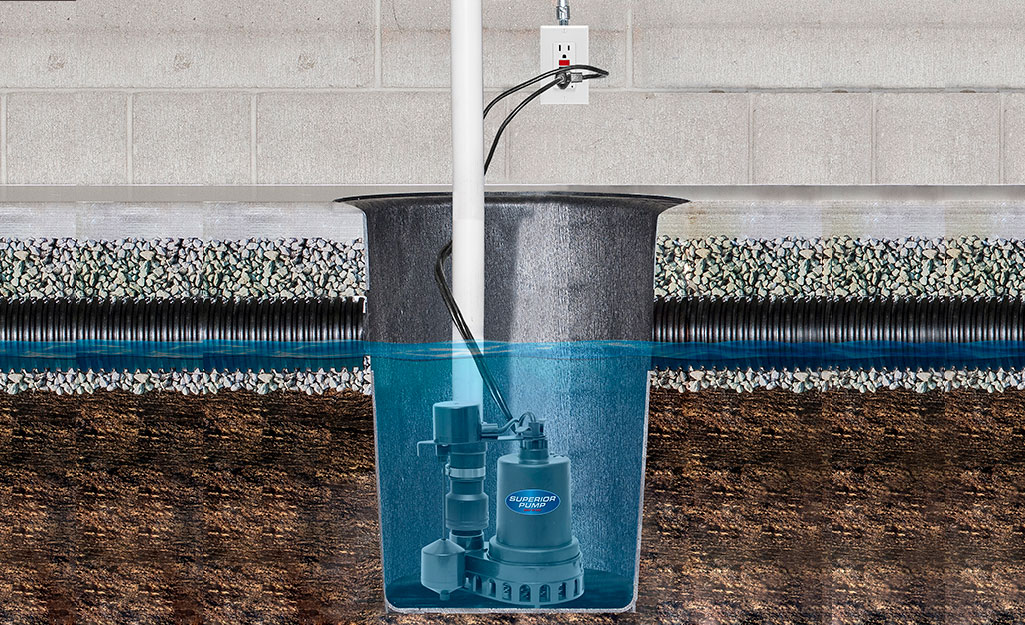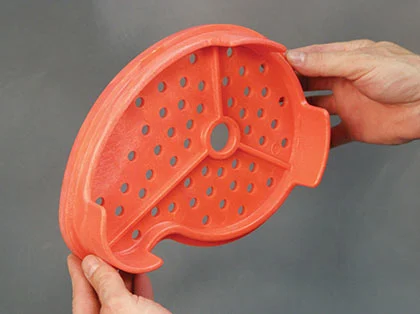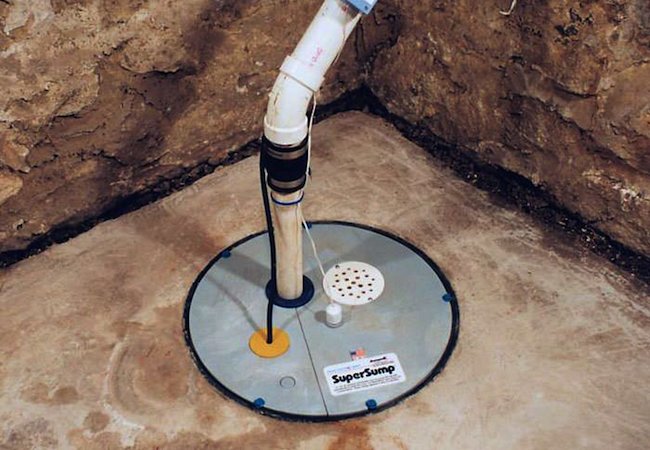A sump pump is an essential device that plays a critical role in preventing basement flooding and water damage. It efficiently removes excess water from the sump pit, ensuring that your basement remains dry and your property remains protected. However, like all mechanical devices, sump pumps have a limited lifespan.
In this article, we’ll delve into the factors that determine how often you should replace your sump pump to maintain optimal functionality and safeguard your property.
Understanding the Sump Pump Lifespan
The lifespan of a sump pump can vary depending on several factors, including the quality of the pump, the frequency of use, and the conditions of your basement. On average, a sump pump can last anywhere from 5 to 10 years.
However, this is not a hard and fast rule, and some sump pumps may need replacement earlier, while others might last longer with proper maintenance.
Factors Influencing Replacement Frequency
Quality of the Pump:
Investing in a high-quality sump pump from a reputable manufacturer can extend its lifespan. While these pumps may be more expensive upfront, they often come with better materials, construction, and warranties, reducing the need for frequent replacements.
Usage Frequency:
The frequency at which your sump pump operates can impact its lifespan. Homes in areas with higher water table levels or more frequent heavy rainfall may require the pump to work more often, potentially shortening its lifespan.
Maintenance:
Regular maintenance is crucial to prolonging the life of your sump pump. Periodically check for debris in the sump pit and clean or remove it as necessary. Additionally, test the pump by pouring water into the pit and ensuring that it activates properly.
Power Outages:
Sump pumps rely on electricity to function. If your area experiences frequent power outages, consider investing in a battery backup system. Power failures during heavy rainfall can render the pump useless and lead to flooding.
Water Quality:
The quality of the water being pumped can affect the pump’s longevity. Water with a high mineral content or debris can cause wear and tear on the pump’s components over time.
Age:
Just like any mechanical device, sump pumps naturally degrade over time. If your sump pump is approaching the upper limit of its expected lifespan, it’s wise to start considering a replacement even if it’s still functioning.
10 Bestselling Sump Pumps For Replacement
Signs that Your Sump Pump Needs Replacement
Frequent Cycling:
If your sump pump is cycling on and off more frequently than usual, it might indicate that the pump is struggling to keep up with the water volume or that its components are wearing out.
Strange Noises:
Unusual noises such as grinding, rattling, or squeaking can indicate mechanical issues within the pump. These sounds are often signs of impending failure.
Inconsistent Operation:
If your sump pump fails to activate when there’s excess water in the pit or if it’s not fully pumping out water, it’s a clear sign that the pump is compromised.
Visible Rust or Corrosion:
Rust and corrosion on the pump’s exterior or components can indicate that it’s reached the end of its lifespan.
Common FAQs About Sump Pump Replacement
1. How often should I replace my sump pump?
The lifespan of a sump pump can range from 5 to 10 years, depending on factors like pump quality, usage frequency, maintenance, and environmental conditions. It’s a good idea to start considering replacement when your pump approaches the upper end of this range.
2. What factors affect the lifespan of a sump pump?
Several factors influence how long a sump pump will last. These include the quality of the pump, how often it’s used, the maintenance it receives, the presence of a battery backup, water quality, power outages, and the age of the pump.
3. How can I extend the lifespan of my sump pump?
Regular maintenance is key to prolonging the life of your sump pump. Keep the sump pit clean and free of debris, test the pump periodically, consider installing a battery backup system, and invest in a high-quality pump from a reputable manufacturer.
4. What are the signs that my sump pump needs replacement?
Several signs indicate that your sump pump might be failing. These include frequent cycling (turning on and off), unusual noises (grinding, rattling, or squeaking), inconsistent operation (not pumping water effectively), and visible rust or corrosion.
5. What should I consider when choosing a replacement sump pump?
When selecting a replacement sump pump, consider the pump’s flow rate (measured in gallons per minute), the type of pump (submersible or pedestal), the quality and reputation of the manufacturer, any additional features (such as battery backup), and the specific needs of your home and location.
Conclusion
Your sump pump is your home’s first line of defense against basement flooding and water damage. Understanding the factors that influence its lifespan and recognizing the signs of a failing pump can help you make informed decisions about when to replace it. Regular maintenance, investing in a high-quality pump, and being proactive about replacement can save you from costly repairs and potential property damage.
Remember that a well-maintained and properly replaced sump pump ensures the safety and integrity of your home, providing you with peace of mind during heavy rains and seasonal flooding threats.




